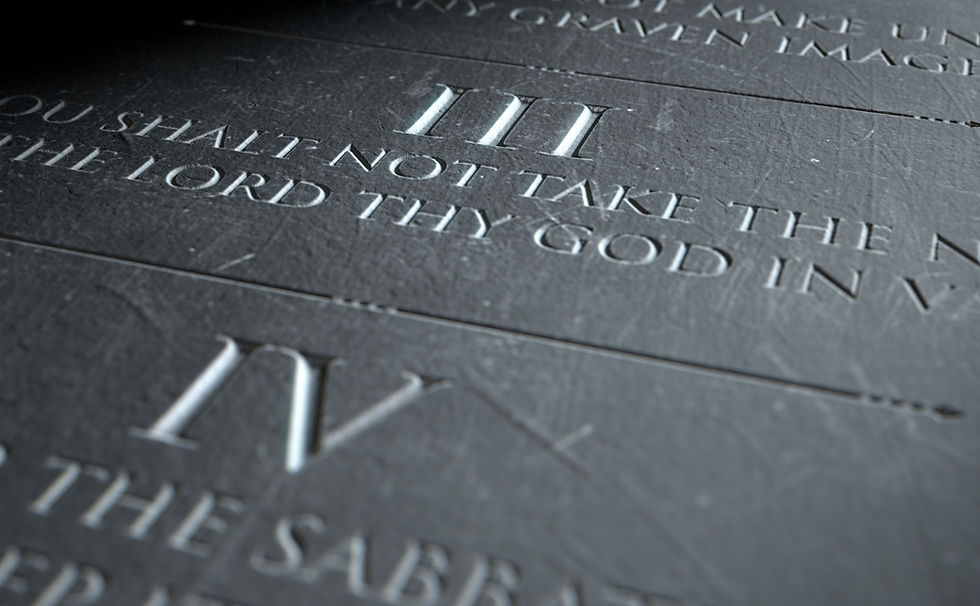The Unsustainable "Bad Math" of Property Taxes
- Tom Aldred

- Feb 26, 2018
- 3 min read
Updated: Sep 13, 2024
Dale Craymer is right. In his Feb. 5 column “Bad Math: Replacing property taxes with higher sales taxes doesn’t add up for Texans,” he argues that raising the state’s sales tax rate to 23 percent in order to eliminate all local property taxes is “unrealistic.” Few could argue with that.
But something else that few should contest is that it’s unrealistic to continue to rely on homeowners and businesses to foot unsustainable increases in property tax bills. According to the Tax Foundation, Texas now has the sixth-highest property tax burden in the nation.
Homeowners are often forced to sell their homes or take out loans simply because they cannot pay their property taxes. Texas has one of the largest property tax lending industries in the nation, with over $513 million of outstanding loans, up from $183 million just a decade ago. Think about that for a moment. An entire industry nearly tripling in size in a decade because Texans can’t afford their property taxes.
Reducing this burden is a tough proposition for the Legislature because the state does not levy property taxes. Property taxes are levied primarily by schools, cities and counties. In fact, school property taxes account for over half of all property taxes levied in the state.
One way to reduce property taxes is to require schools to lower their rates. This is a road that the state has been down before. In 2006, the Legislature compressed school district tax rates by one-third, though most of that relief has been eroded over time by appraisal increases. Illustratively, average home property tax appraisals have risen by almost 25 percent over two years in the Dallas-Fort Worth area and 20 percent in San Antonio. Over the last three years, appraisals have increased 12 percent a year in Austin.
The Texas Constitution caps annual appraisal increases for most residential properties at 10 percent per year. Sounds good in theory, but in practice this means that someone’s property tax bill can double in just eight years even if the tax rate stays the same. Over thirty years, this means a 1,600 percent potential increase, so a young family paying $5,000 in property taxes today would owe more than $85,000 per year by the time they are looking toward retirement. In the course of those three decades they will have paid almost a million dollars in property taxes. If you think that’s bad, commercial property has no appraisal cap at all.
So how can the state reduce school property taxes and avoid allowing appraisal creep to negate the relief over time? One option is to do away with school maintenance and operations property taxes — which account for 80 percent of all school property taxes — altogether. This is a more manageable proposition than eliminating all property taxes, and would, according to an analysis by the Beacon Hill Institute, require just a two-to-three cent increase to the state sales tax, together with broadening the tax base to include items that aren’t currently subject to the sales tax.
As Craymer notes, subjecting new items to the sales tax, especially given the types of sales tax exemptions currently on the books — physician and dental services, for example — is rarely popular, and so keeping many of those existing exemptions in place would be prudent.
A tax swap of this magnitude may be worthwhile because Texans are being asked to bear the burden of unsustainable increases in property taxes. While replacing all property taxes with sales taxes probably does equate to “bad math,” the mechanics of replacing school district maintenance and operations property taxes with sales taxes are more promising. School property taxes represent the single biggest portion of the property tax pie. It’s where the state can provide the most tax relief, and it is also a realistic target for a sales tax swap.
To that end, the Texas Public School Finance Commission is currently working on “new methods of financing public schools.” The Texas Constitution requires the Legislature, not school districts, to “make suitable provision” for public free schools. One option is for sales taxes to fund public education and for Texans to receive substantial and lasting relief from high property taxes.
Photo by Emily Albracht










